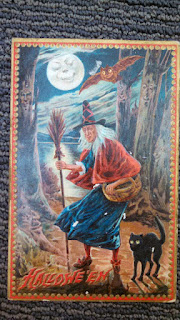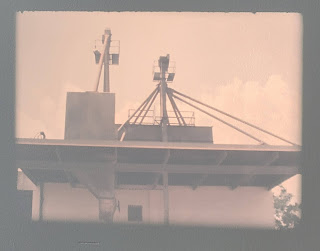PRESERVATION ASSISTANCE GRANTS FOR SMALLER INSTITUTIONS from the National Endowment for the Humanities (NEH) NEH Preservation Assistance Grants (PAG) help small and mid-sized institutions—such as libraries, museums, historical societies, archival repositories, cultural organizations, town, city, and county records offices, and colleges and universities—improve their ability to preserve and care for their significant humanities collections. Humanities collections may include special collections of books and journals, archives and manuscripts, prints and photographs, moving images, sound recordings, architectural and cartographic records, decorative and fine art objects, textiles, archaeological and ethnographic artifacts, furniture, historical objects, and digital materials. DEADLINE: January 13, 2022 Award Amount: Up to $10,000 ($15,000 for projects related to the “A More Perfect Union” initiative) Eligible Activities for NEH PAG Grants include: - General Pre...







